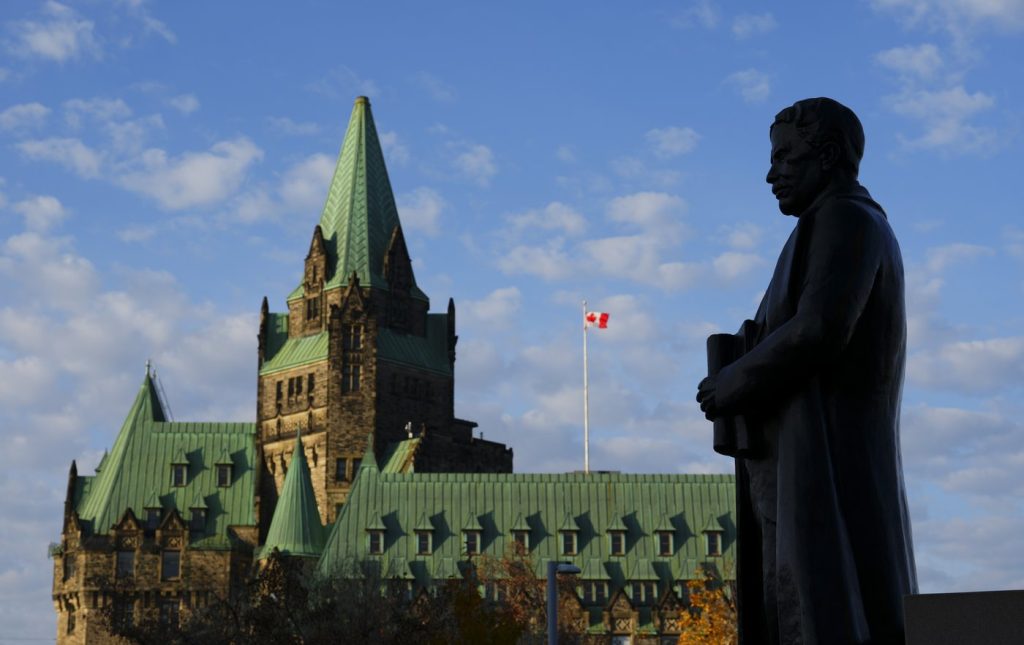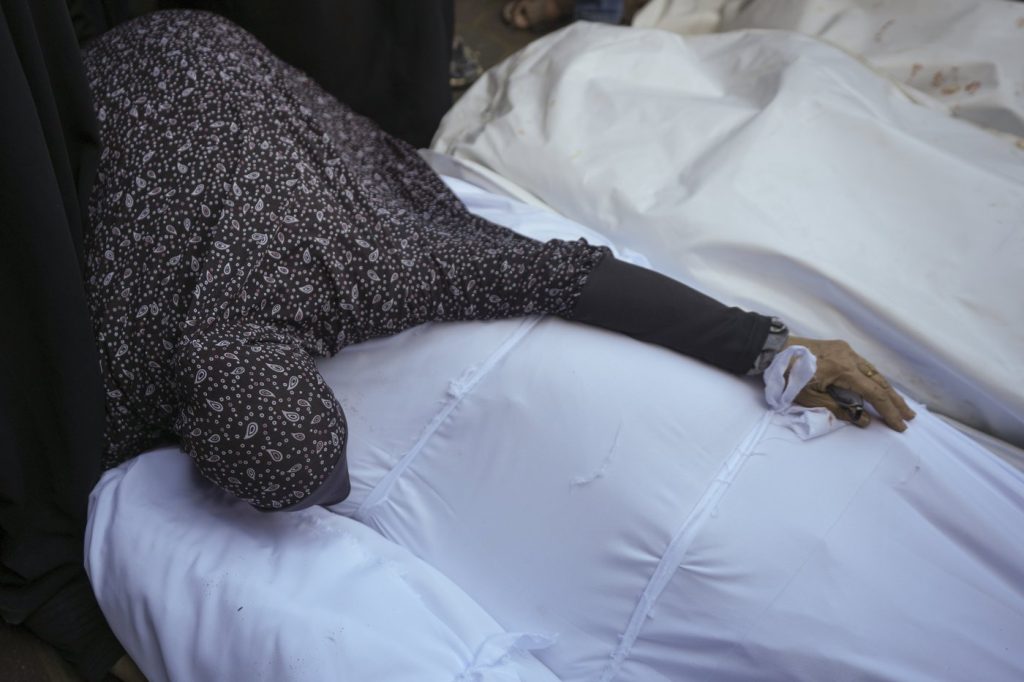CityNews Rewind 2012: Hurricane Sandy devastates U.S. east coast; 1 dead in Toronto
Posted December 23, 2012 5:52 am.
This article is more than 5 years old.
The biggest weather story, by far, in 2012 was the lead up to and the after affects of the devastating Hurricane Sandy.
The storm system was one of the largest – when measured end-to-end – to ever hit North America. It caused US $62 billion in damages when it blasted the U.S. east coast on Oct. 29 (only Katrina was more expensive), killed 125 people in the United States and 71 in the Caribbean, and left millions of people in the dark.
“The storm packed a real punch in the U. S. coastal areas,” CityNews meteorologist Adam Stiles said.
“As the storm was spinning and churching, it was pulling the water along with it. Look at the devastation along the Jersey Shore. Look at New York’s Battery Park. Look at the subways.”
Click here to read other stories in our CityNews Rewind 2012 series.
New York City’s subway system, which carries several million people a day, was shut down completely for four days with many tracks and commuter tunnels under several feet of water.
Service was slow to resume as more than half of the gas stations in the city and neighboring New Jersey remained shut due to power outages and depleted fuel supplies.
For the first time since 1888, the New York Stock Exchange was shut down for two days. New York’s John F. Kennedy Airport and New Jersey’s Newark International Airport were also closed for two days, and New York’s LaGuardia Airport was closed for three days.
At the height of the storm, more than 8.2 million customers lost power in the United States — nearly a quarter of them in New York.
After watching the devastation south of the border for several days, the GTA was expecting a storm not seen in the region in 80 years.
Everyone from Mayor Rob Ford to the Red Cross sounded the alarm, urging Toronto residents to take all precautions.
Residents were told to stay off the roads, clear their catch basins and stock up on emergency supplies. In the end, it was all for naught.
By the time it reached Toronto, Sandy – which began as a tropical storm and then transitioned into a hurricane – was similar to any big fall storm. The city felt only the remnants of the so-called superstorm.
“The difference between the United States and Toronto was night and day…here, it just got windy,” Stiles said.
One woman died in Toronto during the Oct. 29 storm, killed when part of a Staples sign near Keele Street and St. Clair Avenue West fell on her.
Though the warning signs came early, the damage still took about a week to repair.
“We’re still trying to figure out the exact cost of the storm, but it’s over a million dollars,” Toronto Hydro spokesperson Tanya Bruckmueller said.
“It was one of the biggest storms to hit Toronto Hydro, in terms of the number of customers affected and the devastation and damage to our equipment.”
At the peak, which fell on a Monday, about 300,000 were affected by Toronto Hydro outages.
While there were some individual customers that didn’t have their power restored until Thursday morning, most accounts were restored within 48 hours.
“We held our crews when the storm hit on Monday night — it’s not safe for them to get up in the bucket trucks when the storm is coming down,” Bruckmueller said.
Toronto Hydro spent that time assessing the damage and assigning resources so that by Tuesday morning, it was all hands on deck.
“For Toronto we got off fairly light and that was always the expectation,” Stiles said.
“It was always going to be a wind event across the GTA and that’s mostly what it was, with gusts approaching 100 km/h near Burlington.”
The gusts were similar to a midsummer storm, the city’s transportation director Myles Currie said.
“Sandy was a little more than a typical fall storm. This type of storm, we would get more in the middle of the summer, with the high winds,” he explained.
The city didn’t have any significant issues, Currie said, though there was some localized ponding. The city also sent out staff to clean up leaves and branches on roads.
“We did have a number of traffic signals that were affected and some power fluctuations due to the wind, but systems were up and running the next day.”
The biggest worry was on the roadways. Because it was fall, there were leaves on the ground and there was a concern that with excessive rain, the leaves could block the city’s catch basins.
That didn’t happen because there was plenty of advance warning for the storm and there wasn’t much rainfall.
“We’ve seen stronger winds during other fall and winter storms,” Stiles said, adding that Toronto was always on the “edge” of Hurricane Sandy.
But the storm remained a record breaker elsewhere, in the worst possible ways:
• It was the first time a hurricane forecast discussion included the word “snow.”
• It was the worst hurricane to hit New York City since its founding in 1624.
• All-time low-pressure records were set in several major U.S. cities, including Atlantic City, Philadelphia and Baltimore.
• It was the second-costliest storm in U.S. history after 2005’s Hurricane Katrina, which caused $128 billion in damage in inflation-adjusted dollars. Sandy caused at least $315 million in damage in the Caribbean.
List provided by the Weather Underground and The Associated Press
Click here to read other stories in our CityNews Rewind 2012 series.








